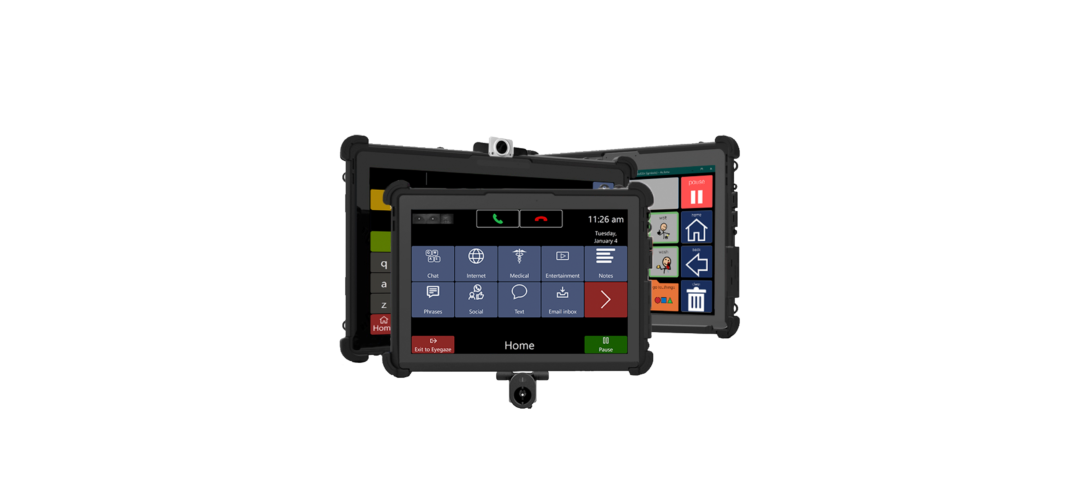When you think of eye tracking technology, your mind might go to the wonderful assistive technologies that are helping people with debilitating diseases lead fuller lives. But eye tracking is also making huge strides in the field of research. From marketing to psychology, eye tracking technology is helping scientists glean valuable information about the way our minds work.
Eye tracking measures interest, attention, and arousal, making it a tool of choice for human behavior research applied in a number of fields. Here are six ways eye tracking technology is being applied in research:
Psychological Research
Eye tracking is being used to facilitate research in the fields of cognitive, developmental, and experimental psychology. Visual attention can be measured and correlated with other measures such as how the brain works.
Market Research
Over the past few years, market research has increasingly leaned on eye tracking technology to do its job. Leading brands are using the tool to evaluate shopping behavior to optimize the overall customer experience.
Medical Research
Eye tracking is lending a hand to conventional research methods or other biosensors to study medical conditions such as Attention Deficit Hyperactivity Disorder (ADHD), Autism Spectrum Disorder (ASD), Obsessive Compulsive Disorder (OCD), Schizophrenia, Parkinson’s and Alzheimer’s disease.
Usability Research
Usability research is an emerging field that is using eye tracking in its methodologies. For example, website testing can utilize the technology to measure call to action (CTA), communication, and website real estate.
PC and Gaming Research
Eye tracking is also being used in the human-computer interaction and gaming industry. Designers can get a better idea of the game experience to create features that engage players and push the boundaries of reality.
Human Factors and Simulation
Automotive research has utilized eye tracking technology for a long time with respect to dashboard layout and navigation. In the near future, we can expect to see vehicles that are responsive to drivers’ eye gaze, eye movements, or pupil dilation.

